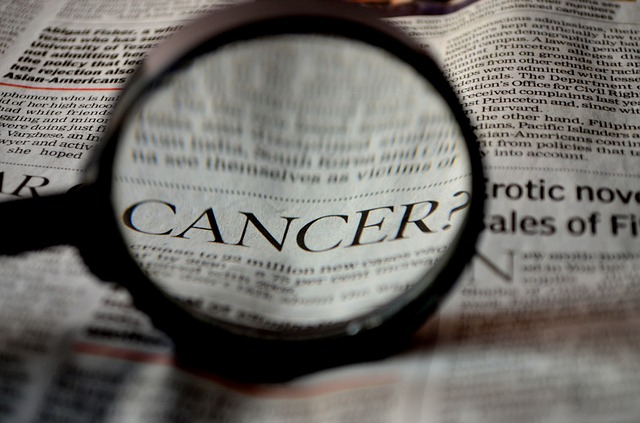
Part 1 of a multi-part series on cancer surveillance and data collection in the United States.
Cancer surveillance is defined by the American Cancer Society as the “ongoing, timely, and systematic collection of analysis of information on new cancer cases, extent of disease, screening tests, treatment, survival and” mortality (ie cancer-related deaths). In a nutshell, scientists, researchers and healthcare providers keep an eye on all things cancer and track it for public health purposes.
How is cancer data used? Cancer data is used to look at trends over time, to identify patterns in geographic regions or groups of people, or to show if cancer screening or other cancer-prevention activities are making a difference. For example, the data can show a difference in new cancer diagnosis rates, death rates, or in a decrease in behaviors that are known to increase a person’s risk for getting cancer, such as tobacco smoking.
There is no single surveillance or cancer program in the United States that collects data on all the new cancers diagnosed each year. Some segments of the US population are covered by separate programs sponsored by government or private organizations who provide reliable data on their own segments or defined populations and groups. These programs are built around the cancer registry, or registries that are established to record, classify and report cancer case data in the areas they cover.




